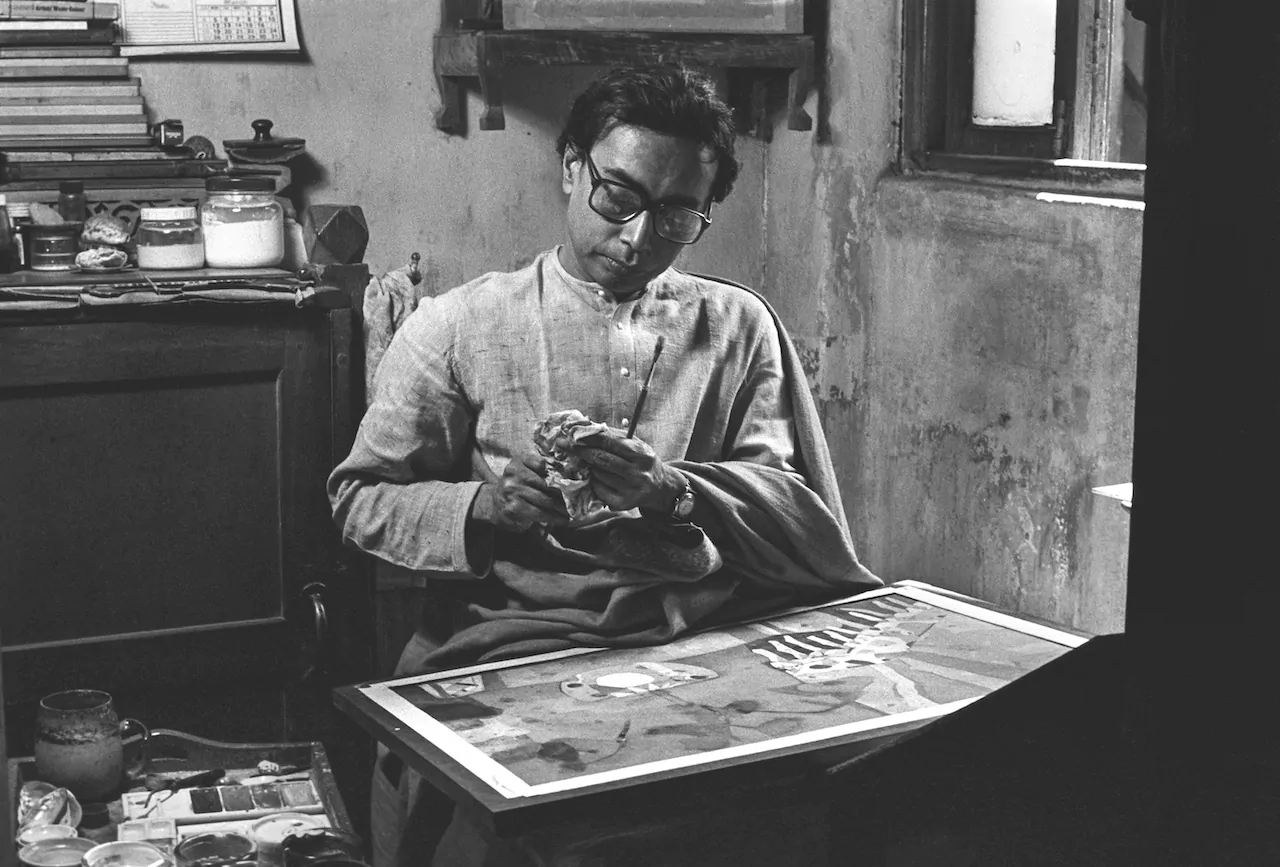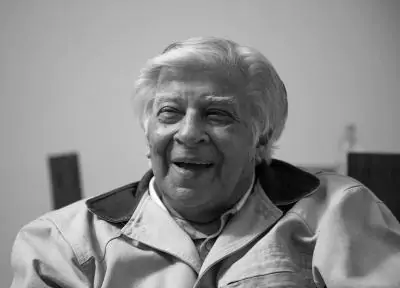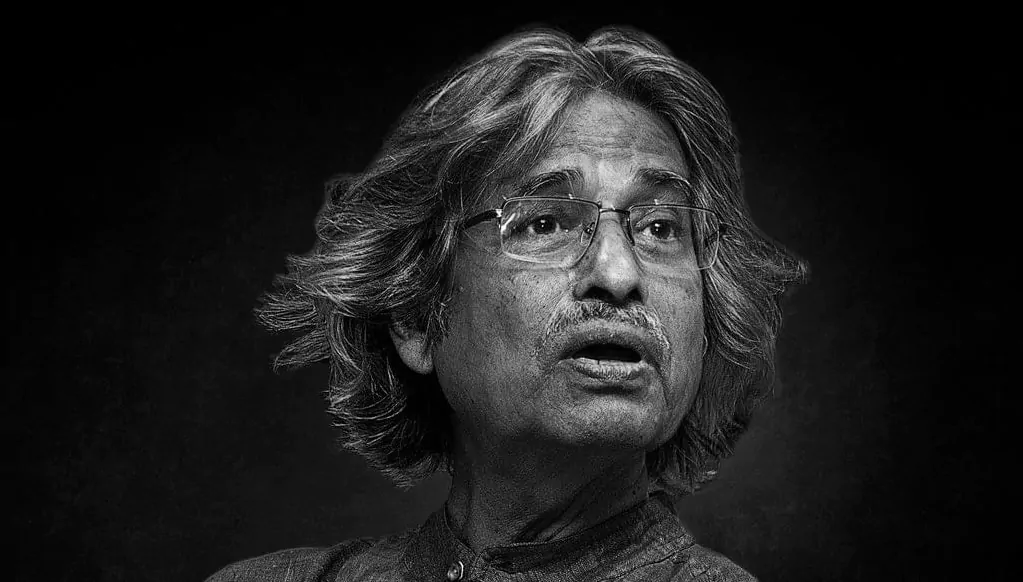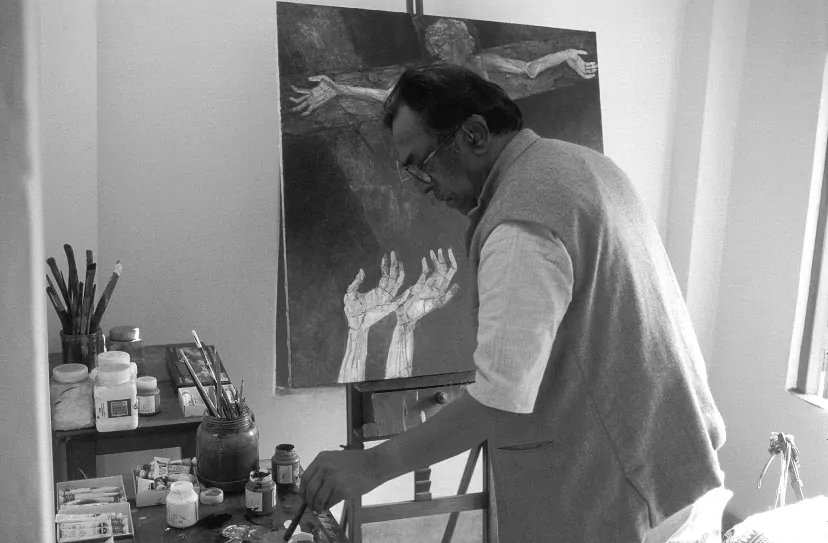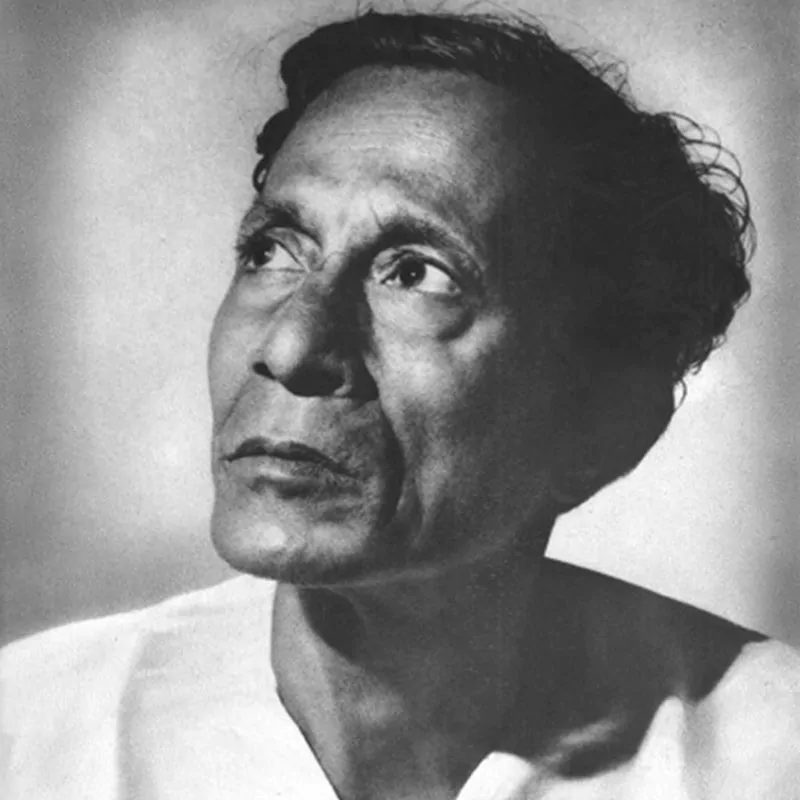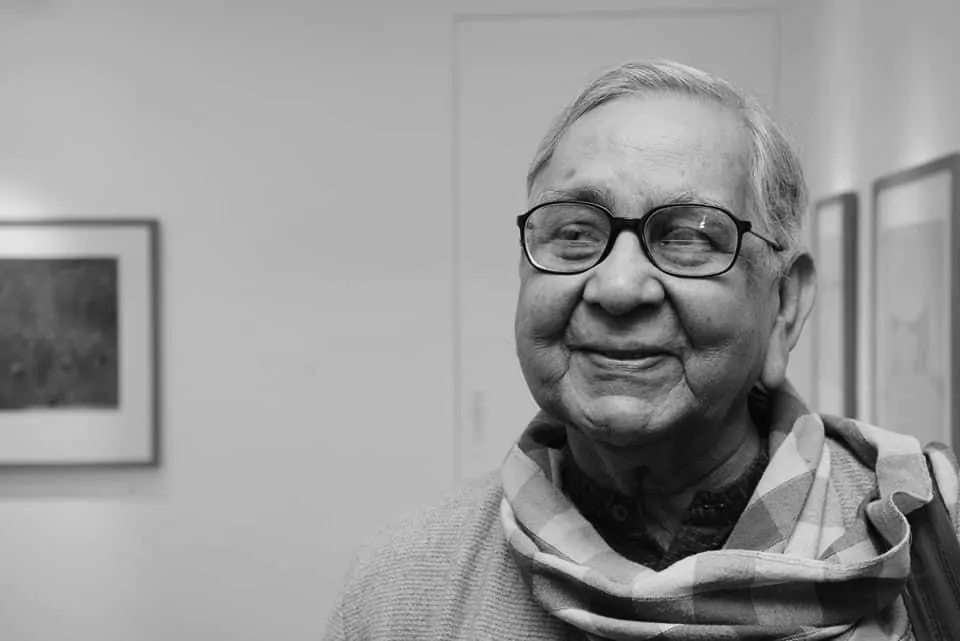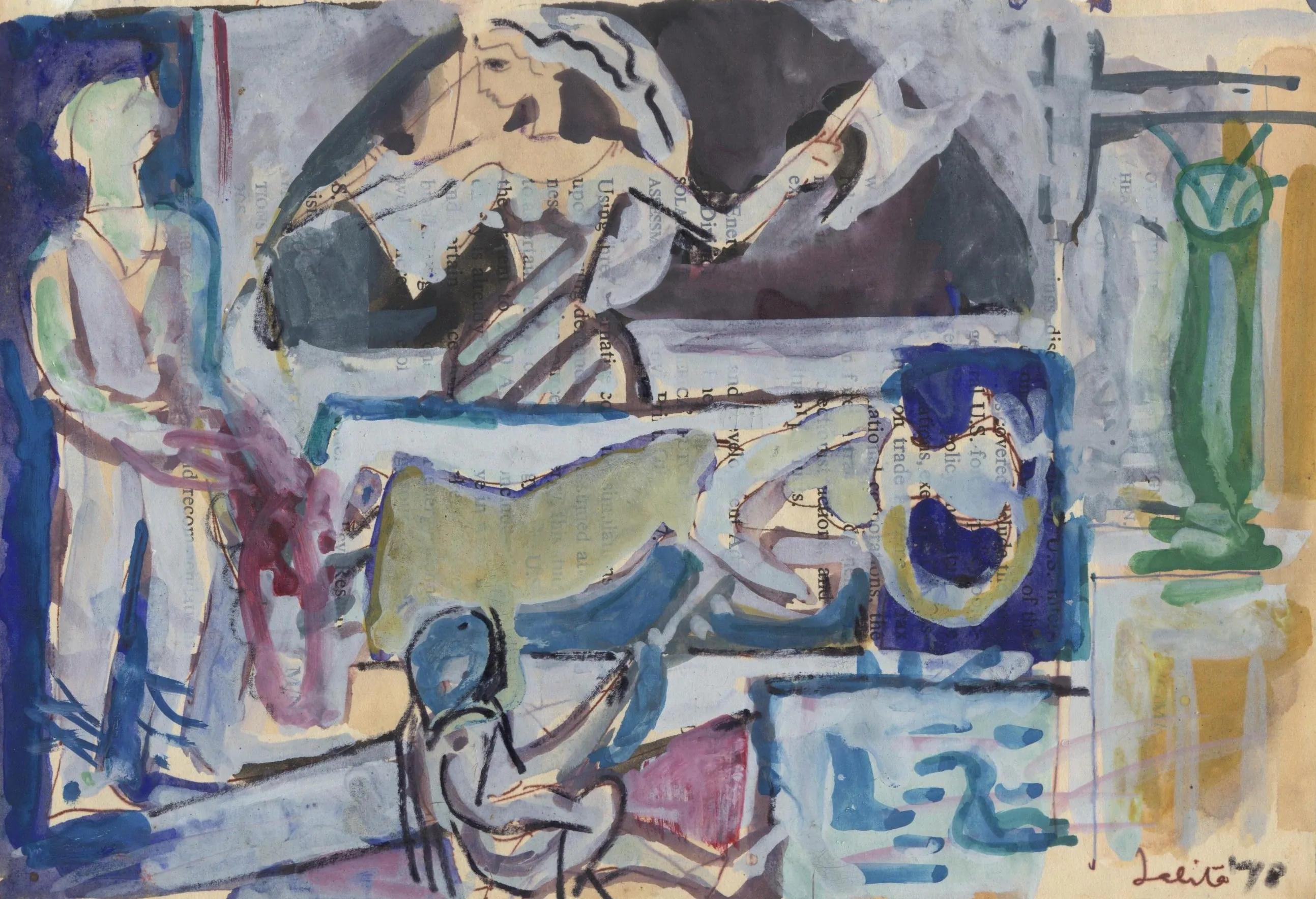A newcomer’s guide to collecting art.
When one begins to ‘collect’ or rather buy art, the initial questions that arise in one’s mind are-What should we buy? Should we set rules? Should we hire advisors? Should I focus only on the best of the best names available in the market? Should I focus on newcomers? Should I buy what is a good investment? While all these questions are quite natural ,in the end you realize that too much thinking & analyzing takes away the magic.
However, that said it is advisable to read & do a bit of research on the artists you like or feel a certain connection with. There should be considerable amount of study but little analysis. If you look too much to the left & the right & see what other people are buying or collecting, you will lose your clarity of thought.
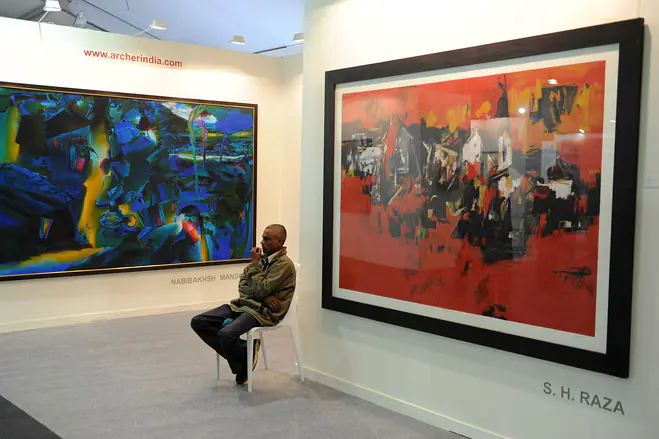
Buying art for the first time can be a daunting task.
Have an open mind. Modern Indian Art is a highly under-explored region. While the auction houses suggest that there are only a few dozen artists of ‘value’ who bring in the ‘big bucks’ don’t go by that rule. You’re buying a piece of creativity & immense emotional outpouring & not an autograph (although sadly, the art market has become increasingly more & more name driven.) This reductionist view of having only a few artists of value is a grave misrepresentation of the sheer talent & creativity of hundreds if not thousands of gifted Indian artists. The compariosn between Indian modern art & architecture is highly amusing & illuminating. M.F.Husain might be considered the artistic equivalent of the Taj Mahal. Just as there are hundreds & thousands of wonderful sites beyond the Taj ranging from city complexes & temples like Hampi, Konark & Ajanta to minor havelis in Rajasthan, that are in their own unique way culturally important, so there is more to India’s art. This myopic view & understanding of India’s artists raises only a few to the sky while others die without being given their due. With academic research on Indian art being minimal, institutions are underdeveloped: museums are under-resourced with very little archival material.
Distinguish great art from great artists. Many great artists produce work that is of little interest. There is much poor work done by well-known artists .The reverse is also true: great art is produced by less well-known artists. Far too much attention is paid to the ‘name’, not enough emphasis is given on the painting itself. While many artists are known ,they are not treasured because they aren’t commercial.
Here, you should follow your heart. Buy what you connect with, what provokes you, what makes you happy. What questions you. Buying art is not a competition, just because your neighbor or friend has a particular artist doesn’t mean you need to have that particular brand or name on your wall. This isn’t a race! In the absence of research-the market defaults to the safety of well-known names, to art brands. However all is not lost ,the market is improving with emphasis on may artists who deserve their due for their commitment & contribution to the growth of India’s modern idiom. The situation is getting better at distinguishing between works of varying quality by a single artist but it is still a long way from being able to value that of lesser-known artists.
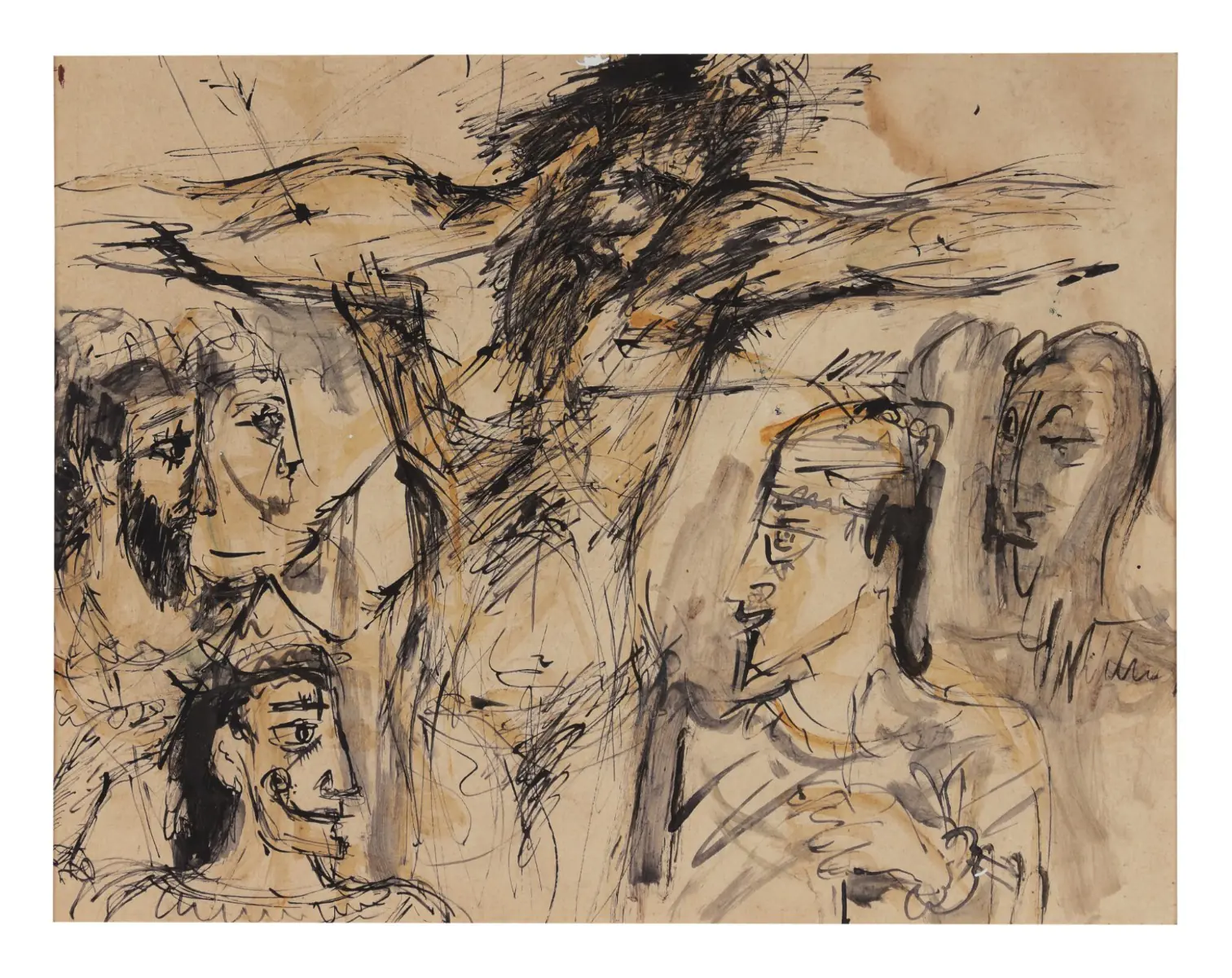
There has been a sudden interest in lesser known artists like Nikhil Biswas(1930-1966) who never received any recognition during his lifetime, especially after doing well at the Sotheby's auction.
When you buy buy a work of art for a particular wall of your house ,remember you will be seeing it on a daily basis. Art is about conversation, a sort of silent conversation with the work where you empty yourself of all your baggage so that the painting can take over you & uplift your soul. Paintings are like friends that transform a house into a home. We know many people who are delightful company over dinner-they make wonderful acquaintances. But friends are different. Friends, you invite into your home & who bring you joy to life. Fiends are different because you have to trust their character ,their authenticity, love their personality & resonate with their energy. The same goes with any painting: we have to look beyond the thin veneer of the ‘what’ & peer into the highly murky realm of the ‘why’-the purpose & character of all great art & any painting.
Building any comprehensive art collection is a slow & ongoing process. It is a physical manifestation which gets stronger with time. There are two great moments- getting started & getting hooked.
The starting point can be a bit tricky, where you’re finding your feet-where you know nothing about a painting-a situation where you haven’t heard of Husain, Souza or Jogen. Where the painting is purely an image shorn of any contextual meaning. However with visiting exhibitions, interacting with artists or doing your own research you begin to find points you can connect with. Getting hooked is that dangerous moment when you cross the fine line between passion & obsession. It creeps up on you. However in the end, it’s all about finding peace. And that happens when the only reason left to buy is the connection to the work itself. There comes a time when the connection has grown to a point where it is rare for any individual work to make a collection stronger rather that just bigger.
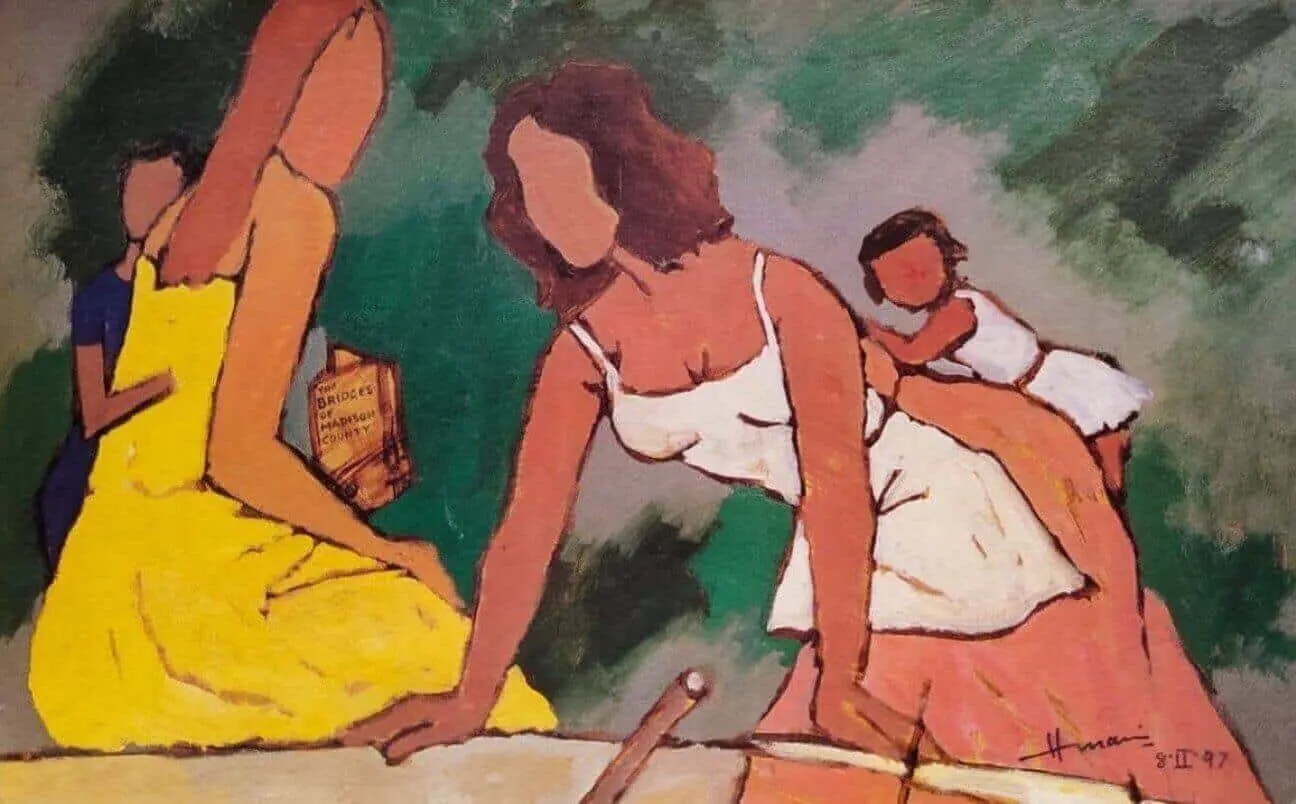
Serigraphs offer an alternate choice to the first time buyer, who can acquire a signed work by the artist without spending a fortune.
When you walk into a gallery or art fair & see thousands of paintings & yet within all that a particular work has the power to grab your heart ,mind & soul-you know it is special. Grab it!
Happy Collecting!
- Vinayak Pasricha




